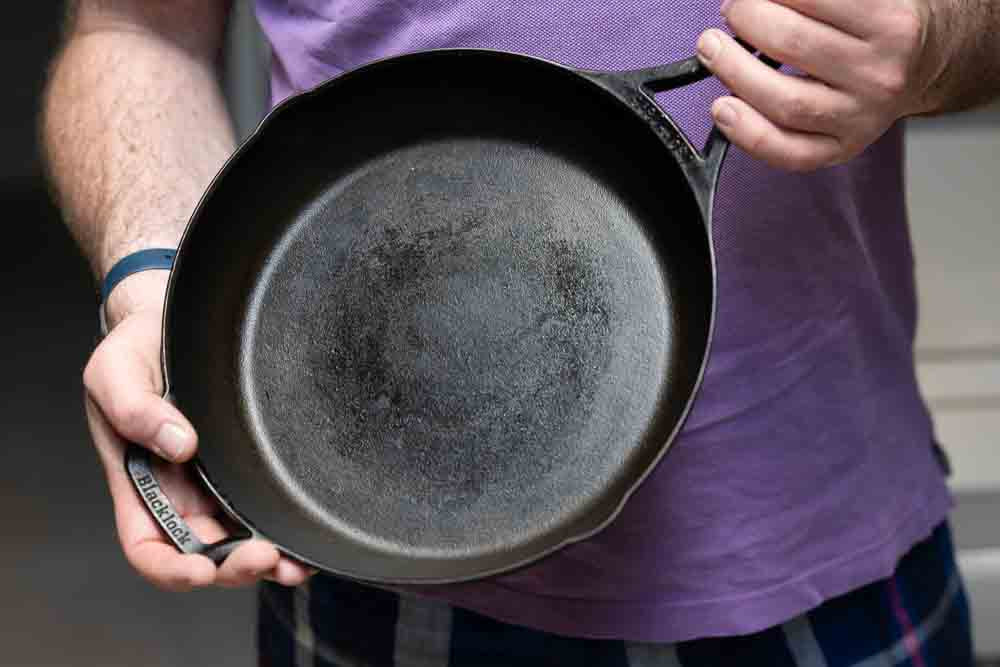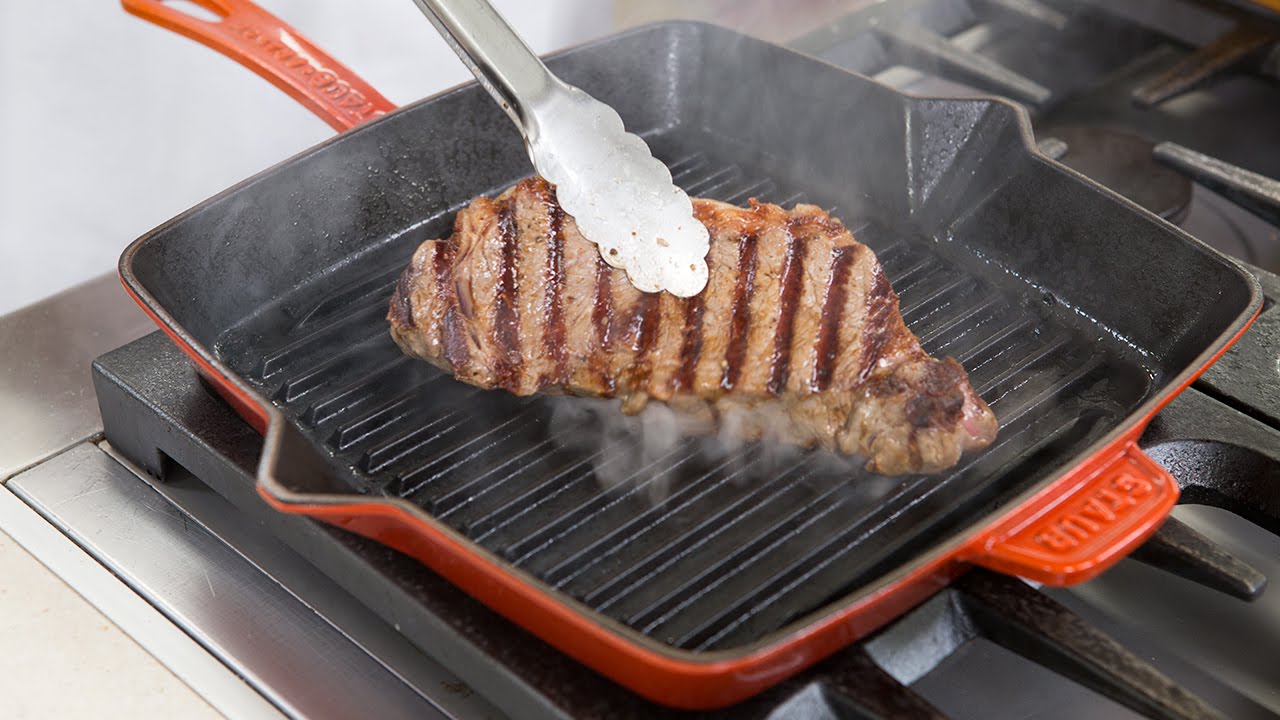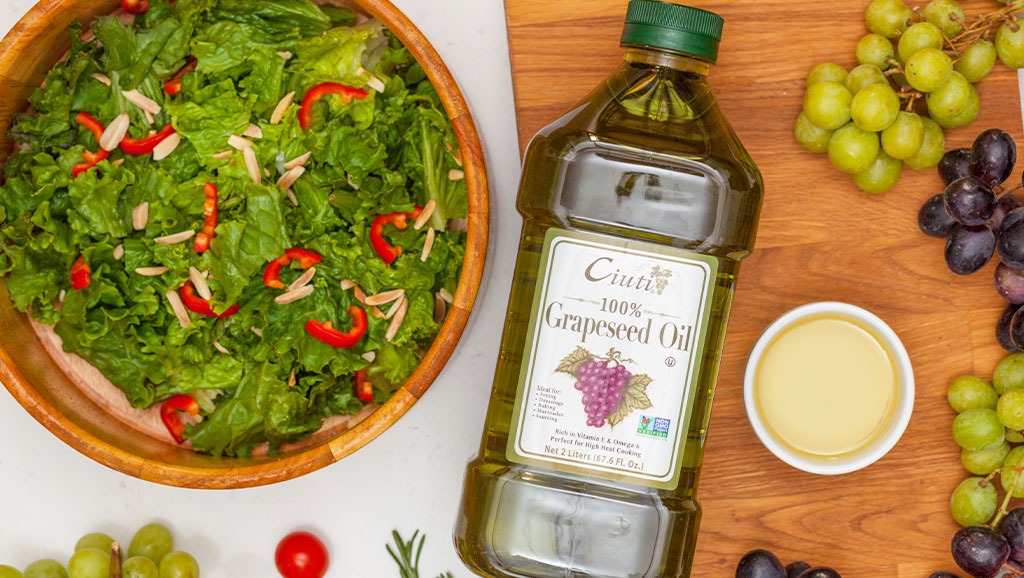When it comes to effectively using a cast iron skillet, one of the most important skills a kitchen professional can master is how to season a smithey cast iron skillet. A well-seasoned skillet not only enhances the cooking process but also prolongs the life of your kitchen tool. This guide will provide you with detailed insights and methods that will ensure your skillet remains a reliable companion for years to come.
In today's culinary world, where theres a vast variety of cookware available, cast iron skillets remain a staple for their exceptional heat retention, versatility, and natural non-stick qualities. Properly seasoning your Smithey cast iron skillet helps to create that coveted non-stick surface, prevents rust, and infuses food with unique flavors.

Understanding the Importance of Seasoning
Before diving into the intricate process of seasoning, let's discuss why it matters. Seasoning creates a layer of polymerized oil that forms a protective coating on your skillet. This barrier not only prevents food from sticking but also safeguards the metal against oxidation, thereby ensuring the skillet's longevity.
As you cook with your skillet over time, the seasoning improves and builds up, making each cooking experience better. Thus, knowing how to season a smithey cast iron skillet is an essential skill for every kitchen professional.
Choosing the Right Oil for Seasoning
Not all oils are created equal when it comes to seasoning cast iron. You want to select oils with a high smoke point to avoid unpleasant flavors or consistency changes as the skillet heats up. Here are some options:
- Flaxseed Oil: Highly recommended due to its ability to bond well with iron.
- Grapeseed Oil: Another good option with a high smoke point.
- Coconut Oil: Provides a beautiful finish but can be pungent if overheated.
For a detailed guide on how to clean a cast iron skillet, check out this resource.
Steps to Season Your Smithey Cast Iron Skillet
Before you begin the seasoning process, make sure your skillet is clean. Follow these steps:
- Clean the Skillet: Use hot water and a stiff brush to scrub the skillet. Avoid soap unless absolutely necessary.
- Dry Thoroughly: Wipe down with a towel and place it on low heat for a few minutes to evaporate any moisture.
- Apply Oil: Pour a small amount of your chosen oil into the skillet and use a paper towel to spread it evenly, ensuring a thin layer covers the entire surface.
- Heat the Skillet: Place the skillet upside down in an oven preheated to 450F. Use a baking sheet to catch any drips. Let it bake for one hour.
- Cool Down: Turn off the oven and allow the skillet to cool inside for the best results.
Maintenance: Keeping Your Seasoning Strong
As with any skill, regular maintenance is necessary. Heres how you can keep that perfect seasoning intact:
- Avoid Soaking: Soaking the skillet can strip away the seasoning. Clean it right after use.
- Use Metal Utensils: Unlike modern non-stick pans, metal utensils are safe on cast iron and can help maintain the seasoning.
- Re-season as Needed: Every few months, its a good idea to re-season lightly if you notice any food sticking or dullness.

Common Mistakes in Seasoning
Its essential to avoid these common pitfalls when seasoning your skillet:
- Using Too Much Oil: A thick layer can lead to a sticky finish.
- Not Preheating: Failing to properly heat before applying oil can result in poor seasoning.
- Panic Cleaning: Abrasive cleaning tools can ruin your seasoning. Stick with gentle methods.
For more about maintaining your cast iron, you might find this article about cleaning cast iron helpful.
FAQs
1. How often should I season my Smithey skillet?
As a rule of thumb, you should re-season your skillet every 3-6 months, or whenever you notice food starting to stick.
2. Can I season my skillet on the stovetop?
While it is possible, the ideal method is using the oven to ensure an even coat and proper bonding.
3. What should I do if my skillet rusts?
If you find rust, scrub it off with fine steel wool, wash, dry thoroughly, and re-season your skillet.
For further reading on the specifics of cast iron care, consider this guide on cleaning.
As an Amazon Associate, I earn from qualifying purchases.






Leave a comment
This site is protected by hCaptcha and the hCaptcha Privacy Policy and Terms of Service apply.